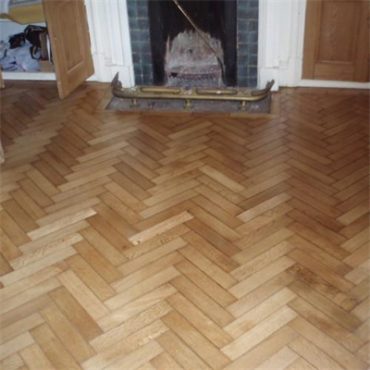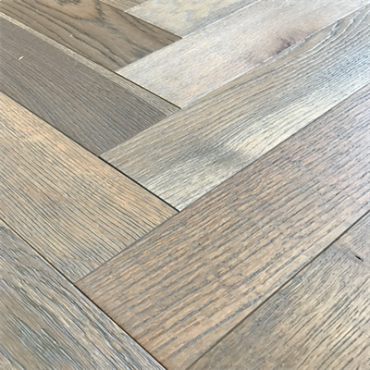1. Design and Aesthetics: Vinyl plank flooring is designed to mimic the appearance of real wood planks. Advanced printing and embossing technologies allow manufacturers to create incredibly realistic wood textures, grain patterns, and even knots. This means you can achieve the elegance and warmth of hardwood without the maintenance and cost associated with natural wood.
2. Construction: Vinyl plank flooring is typically composed of multiple layers:
- Wear Layer: This is the topmost layer that provides protection against scratches, stains, and UV damage. Thicker wear layers generally offer better durability.
- Vinyl Layer: Beneath the wear layer is a vinyl layer that features the printed design, replicating the wood look.
- Core Layer: The core layer is usually made of high-density fiberboard (HDF) or a rigid polymer core. It adds stability, rigidity, and resistance to impacts.
- Underlayment: Some vinyl planks come with an integrated underlayment that enhances sound absorption and adds a bit of cushioning.
- Backing Layer: The backing layer provides stability and ensures that the planks lay flat on the subfloor.
3. Installation: Vinyl plank flooring is available in different installation formats:
- Click-Lock or Floating Installation: These planks feature interlocking mechanisms that allow them to “float” over the subfloor without the need for adhesive. This method is suitable for DIY installations.
- Glue-Down Installation: Planks are adhered directly to the subfloor using adhesive. This method is more permanent and suitable for spaces with high moisture or heavy traffic.
4. Water Resistance: Vinyl plank flooring is highly water-resistant, making it ideal for areas like kitchens, bathrooms, and basements. However, it’s essential to note that the level of water resistance can vary between different products and brands.
5. Durability: Vinyl plank flooring is designed to withstand the rigors of everyday life. The wear layer protects against scratches, stains, and fading, making it a suitable option for homes with pets, kids, or high foot traffic.
6. Maintenance: Maintaining vinyl plank flooring is relatively easy. Regular sweeping or vacuuming, along with occasional damp mopping, is typically sufficient to keep it clean. Spills should be wiped up promptly to prevent any potential damage.
7. Comfort and Noise Reduction: Vinyl plank flooring provides a more comfortable surface compared to harder materials like tile or concrete. It offers some level of noise reduction, making it a comfortable choice for living areas.
8. Style Variety: Vinyl plank flooring comes in a wide array of wood species, colors, and plank widths, allowing you to find the perfect match for your interior design preferences.
9. Affordability: While offering the aesthetic of real hardwood, vinyl plank flooring is often more budget-friendly, making it an accessible option for many homeowners.
10. Environmental Considerations: Some manufacturers offer vinyl plank flooring with eco-friendly attributes, such as low VOC emissions and recyclable materials. It’s worth exploring options that align with your sustainability goals.
In conclusion, vinyl plank flooring is a versatile and durable flooring option that beautifully replicates the appearance of hardwood while providing practical benefits. Its ease of installation, water resistance, low maintenance, and design versatility make it a favored choice for a wide range of spaces, from residential to commercial settings.















